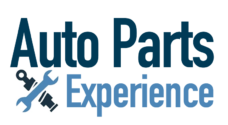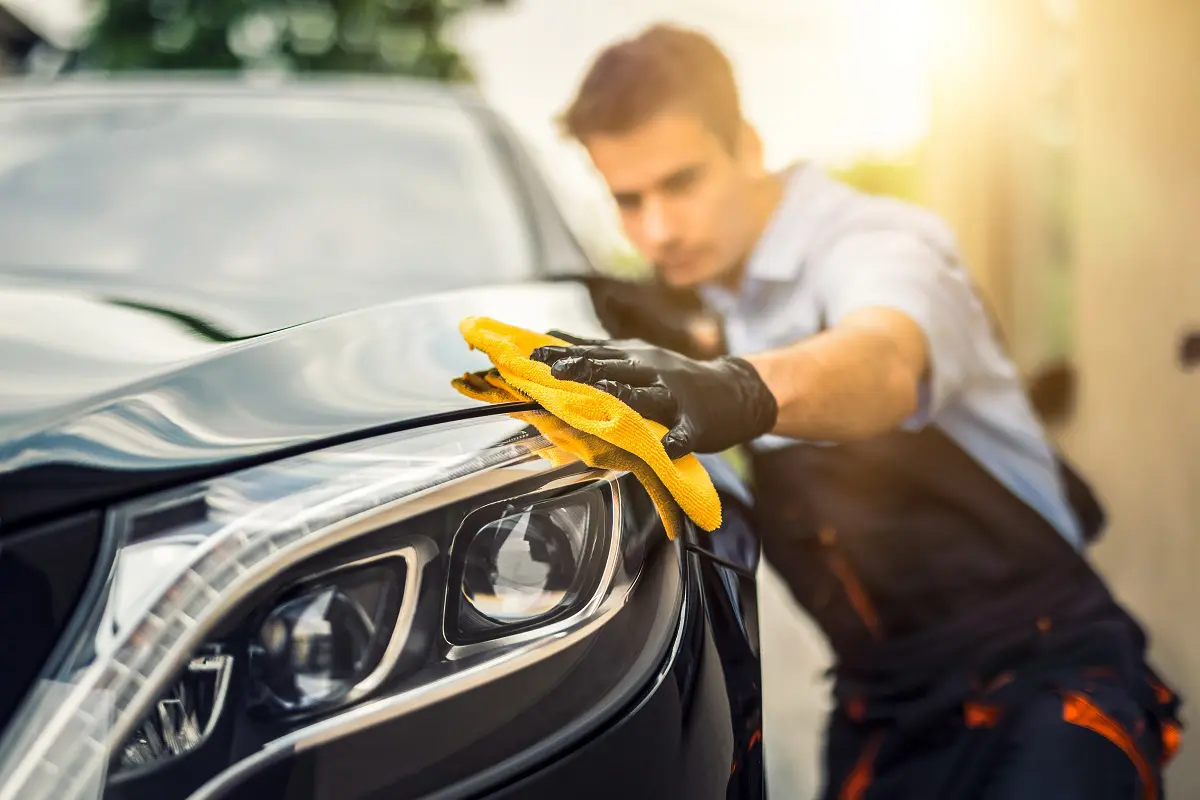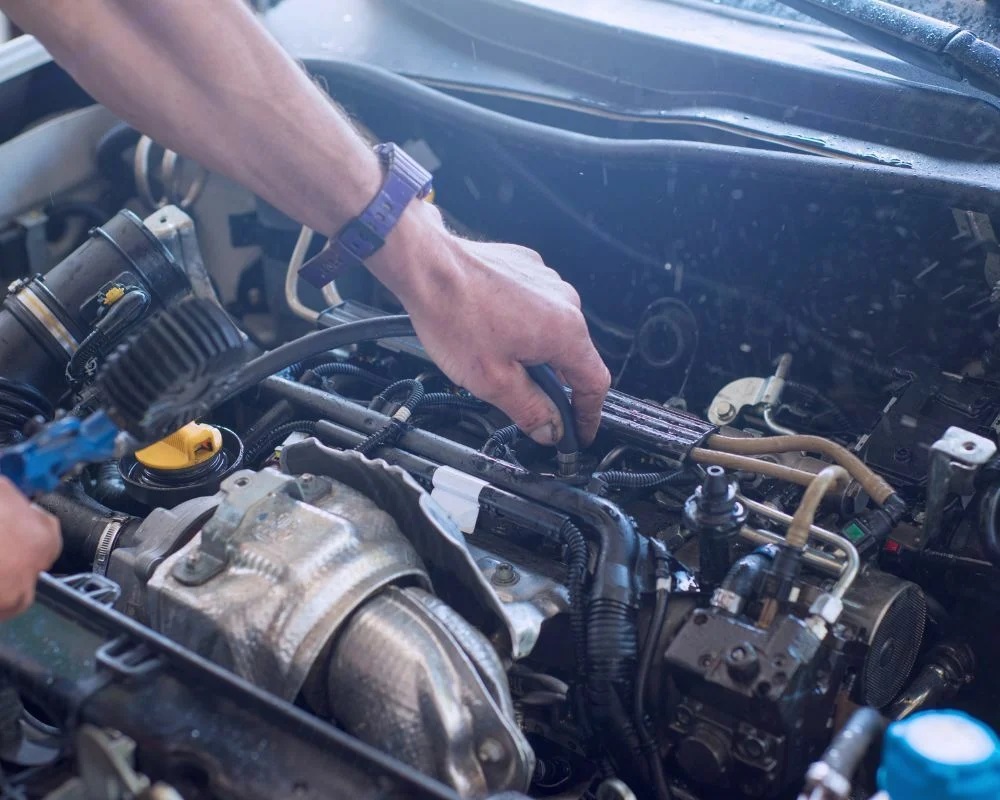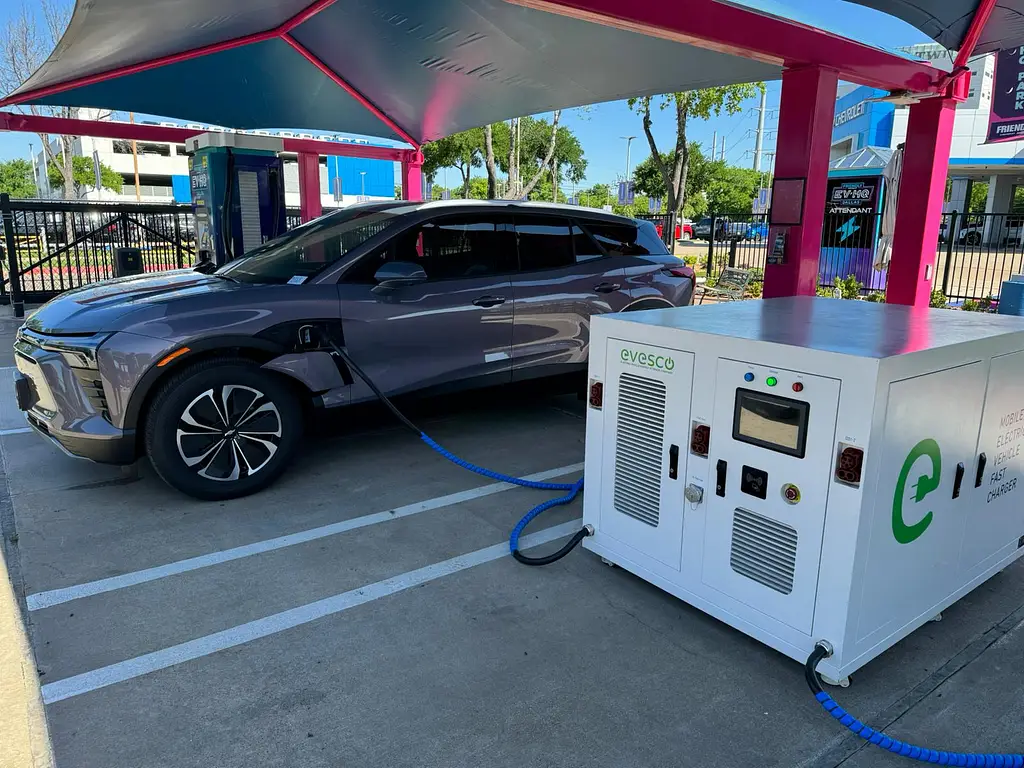If you’ve been in an accident or your vehicle has sustained damage, the process of handling insurance claims for auto body repair can feel overwhelming. For many car owners, working with a dealership’s auto body repair department simplifies the experience and ensures repairs are handled professionally. But how do dealerships work with insurance companies—and what should you expect as a customer?
1. Dealerships Often Serve as Insurance Liaison
Streamlining the Claims Process
Most dealerships with auto body repair centers are experienced in dealing directly with insurance companies. They can manage everything from estimates to final billing, reducing the burden on the vehicle owner.
After your insurance provider has been notified of the damage, the dealership will:
- Assess and document the damage
- Submit a repair estimate to the insurer
- Work with the insurance adjuster to finalize approval
- Schedule repairs as soon as authorization is received
Why This Matters for You
By letting the dealership handle the coordination, you avoid back-and-forth phone calls and paperwork. You also gain peace of mind knowing experienced professionals are advocating for proper repair coverage.
2. Certified Repairs That Align With Policy Requirements
OEM Parts and Warranty Protection
Many insurance companies prefer working with dealerships because they follow Original Equipment Manufacturer (OEM) guidelines for repairs. This often includes using certified parts and approved procedures—factors that ensure your vehicle maintains its value and warranty coverage.
Insurance Policy Alignment
Dealerships are familiar with varying policy limits, deductibles, and repair clauses. They work within these parameters to make sure repairs are performed to code while minimizing out-of-pocket expenses for the customer.
If you’re going through an Automobicon dealership auto body repair, for example, their team will typically coordinate with your insurer to ensure all necessary parts and labor meet manufacturer standards and align with your specific policy—helping to avoid surprise costs or denied claims.
3. In-House Estimating and Inspections
On-Site Damage Assessment
Dealerships usually have licensed appraisers or collision repair specialists who can provide real-time estimates and damage assessments. Some even offer photo-based appraisal tools for faster turnarounds.
Insurance-Approved Facilities
Because many dealership repair centers are already approved by major insurance carriers, getting inspections and approvals is quicker and more efficient than working with an unfamiliar or third-party body shop.
4. Rental Cars and Transportation Support
Assistance with Temporary Transportation
If your policy includes rental coverage, the dealership often has partnerships with rental companies or offers loaner vehicles on-site. This keeps you on the road while your car is being repaired.
Coordination with Insurance Coverage
The dealership team typically helps arrange the rental and ensures the costs are billed directly to the insurance company—so you’re not stuck paying upfront or navigating complicated reimbursement claims.
5. Final Documentation and Delivery
Post-Repair Quality Checks
After repairs are complete, dealerships conduct final inspections and may provide a warranty on the repair work—especially when OEM parts are used.
Insurance Paperwork Completion
You’ll receive a final copy of the repair summary, parts used, and a detailed invoice. Most dealerships also handle all final documentation with your insurance provider, ensuring your claim is closed properly.
Conclusion
Dealerships play a vital role in simplifying the insurance repair process, offering expert guidance, direct insurer communication, and certified quality repairs. When you choose a trusted provider—such as an Automobicon dealership auto body repair center—you’re not just getting bodywork; you’re getting a streamlined, professional experience that protects both your vehicle and your investment.





